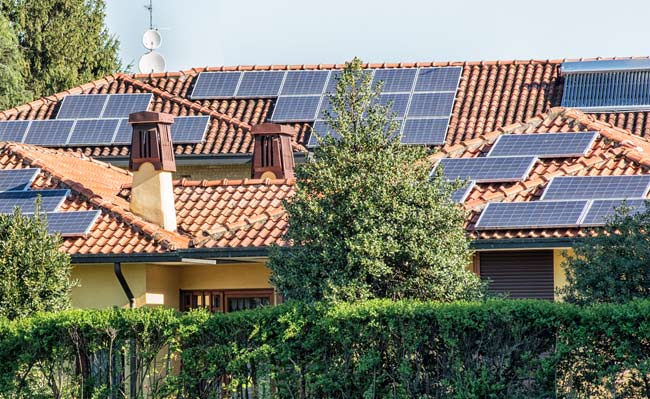
How Will You End Up Paying for Your Solar Install?
There may come a time when we look back on the 1990s and early 2000s and wonder at the difference in the way early adopters paid for their solar power systems. As the costs associated with solar adoption continue to fall, leasing solar power through a PPA or without one becomes less and less attractive to most homeowners.
As California-based installer Jim Petersen put it in a recent interview with Reuters, “It became glaringly obvious that someone needed to provide a path to ownership for these systems. It’s not a $40,000 or $50,000 expense anymore, and why would you give up your tax credit? Anybody that has a job has a tax appetite.”
Given the recent extension of the federal tax credit, the growing number of state and local government incentives to go solar, and the move to net-metering programs in many areas of the country, it is likely that the trend of new solar adopters choosing to finance the outright purchase of their systems over leasing them with or without a power purchase agreement will continue.
Financing and Ownership of Solar
According to Senior Solar Analyst and author of the book U.S. Residential Solar Financing 2015-2020 Nicole Litvak, loans and direct ownership of solar are continuing to grow, with third-party ownership having reached a peak in 2014 when 72% of all systems were financed by lenders.
She goes on to state that installers are even getting in on the financing side of the business, with many of the nation’s top installers now offering a loan product alongside their panels and systems. Loan-financed systems are expected to make up 20 to 30% of all purchased solar systems this year.
The Challenges of Solar Leasing and PPAs
The challenges associated with leasing a solar power system, with or without a PPA, are primarily limited to the loss of incentives gained with owning a system – whether it’s financed or not, and the issues associated with transferring a lease when it comes time to sell the home or move. The tax issues associated with leasing are largely as stated above.
With the costs of systems falling, purchasing a system and further off-setting its lower cost with tax incentives and rebates is more attractive now than it ever has been. Add that to the fact that many homeowners have reported difficulty in selling a home with a leased solar power system attached, and it’s easy to see why consumers are walking away from power purchase agreements and solar leases.
The Move to Ownership of Solar Power
As costs continue to fall, the only ongoing challenge to purchasing a solar power system outright or with a loan may be the shakiness of established net-metering programs. However, with the costs having fallen as much as they have, consumers’ reliance on net-metering to sweeten the deal may be fading as well.
More and more solar power adopters are choosing to purchase their systems and that trend will likely continue well into the future.
Start making more
money today!
Search Categories
Tags
Tag Cloud
Latest from Twitter
Contact Us
Call us at 310-540-8900 or fill out the form below and we’ll tell you how you can get high quality leads for free*.
* Get up to 10% free leads on your first order!